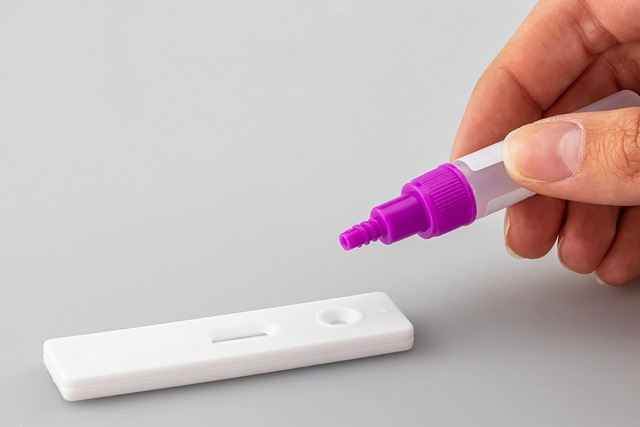Mastering Memory-Based Control Strategies
In the dynamic world of control systems, one concept stands out for its blend of precision and adaptability: memory-based control. This approach taps into the idea that the past is a powerful guide for the present and future — enabling systems to learn from previous states and actions to optimize their performance.
Imagine navigating a complex environment where every decision builds on an understanding of what has come before. Memory-based control strategies empower systems to do just that, storing historical data to refine their responses in real-time. This creates a feedback loop that is not just reactive, but anticipatory.
Why Embrace Memory-Based Control?
The beauty of memory-based control lies in its capacity to handle uncertainty and complexity. Traditional control methods often rely on static models or immediate feedback, but memory-based approaches integrate a temporal dimension, learning and adapting through experience.
- Improved Accuracy: By recalling previous states, systems can reduce error and enhance precision.
- Adaptability: They adjust to new conditions by learning from past performance rather than resetting parameters.
- Robustness: Memory-based strategies build resilience against unpredictable disturbances.
Key Techniques in Memory-Based Control
Implementing memory-based control involves several methods, each leveraging past information in unique ways:
- Model Predictive Control (MPC): This strategy uses a model of the system and historical data to predict future outputs and make control decisions accordingly.
- Reinforcement Learning: Inspired by how humans learn from consequences, this method iteratively improves control policies based on rewards from past actions.
- Adaptive Control: Systems dynamically adjust their parameters by comparing current outputs with historical performance.
Bringing Memory-Based Control to Life
To truly master memory-based control strategies, it’s vital to cultivate a mindset that values learning and evolution. Control engineers and system designers can start by:
- Integrating Data Storage: Ensure systems have reliable ways to capture and retain operational history.
- Analyzing Trends: Identify patterns and recurring behaviors that can inform control adjustments.
- Implementing Feedback Loops: Use memory data to create closed-loop systems that proactively adjust.
- Continuously Testing: Treat control as a living process, testing and refining strategies over time.
Ultimately, memory-based control is not just a technical framework; it’s a philosophy of embracing experience as a foundation for smarter, more responsive control. In an era where systems must be both precise and agile, harnessing the power of memory makes the difference between reactive responses and proactive mastery.




